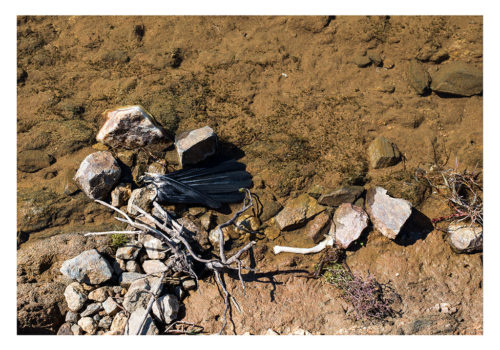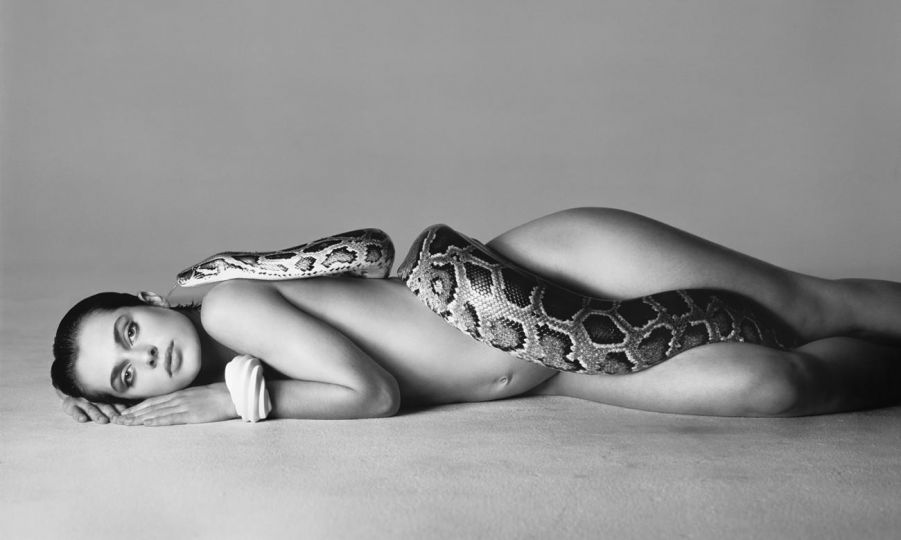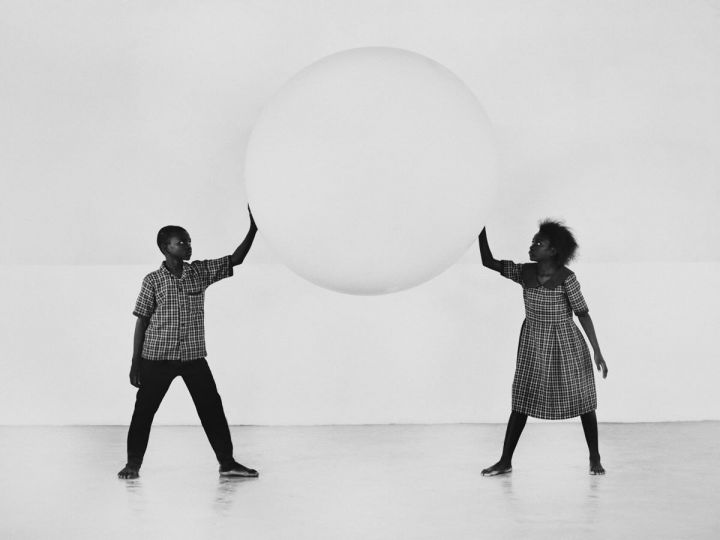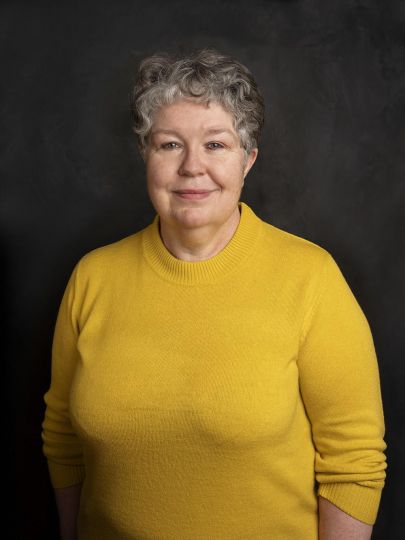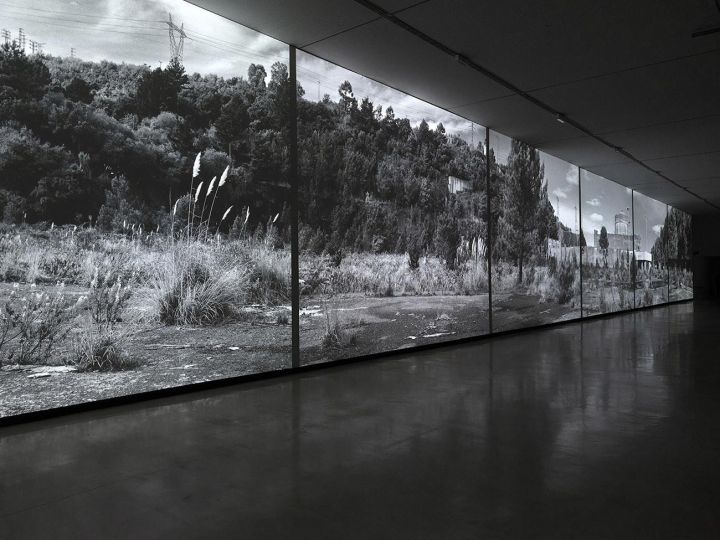In one of Antonio Feijó’s poem there is a swan trapped in the snow, uttering his famous song of pain, thinking and feeling the anguish of his near end “crying out lost joys”. His grief sounds to our ears as a fulgurant beautiful singing. And we may also talk about the fulgurant beauty of the whole frame of bleeding feathers lasting in the whiteness of all the rest.
Afterwards, what remains of the many images of death is that all beings are embraced by loneliness where there comes the last breath. Followed up by decomposition, the fore- chamber to return to dust. To emptiness. Maybe on transit to other something that no one knows exactly what it is. My guess is that these photos by Cristina H Melo leave from here. They will find on earth what the earth is about to accept as in while substance is slowly taking a multitude of different shapes. After the song, after the last cry, a whisper or total muteness, all beings start changing into objects assuming they are transformable. The tree trunk we see opening is already something else. Every single thing is already something else. The flesh and bones deterioration, trash, erosion, decay, wreckage, abandon – signs of a life cycle and its fatefulness, an intervention captured by this look that knows how the substance is nothing but “time for being an object” to quote Luisa Neto Jorge.
On the other hand, the introduction of images with the human mark, the carnivorous human, which are causing doubt and narrative possibilities (irony, e.g.), enlightens the evidence of a path by the water, the matrix water fountain, regeneration agent that purifies in all religions: wet sand, water tap, mould, bubbler, boat, moss, oranges – everything to take us back once more, not knowing for how long, possibly getting changed in spectacular metal beasts wrapped in torn plastic for decoration of park and avenues.
Still, for good and evil, the more certain is instinctively to abide by the primordial source of water, the blood, and not to resisting temptation of squeezing a flower with a ribbon bow.
Text written by Helder Moura Pereira
Translated by Maria Fernanda Borges

